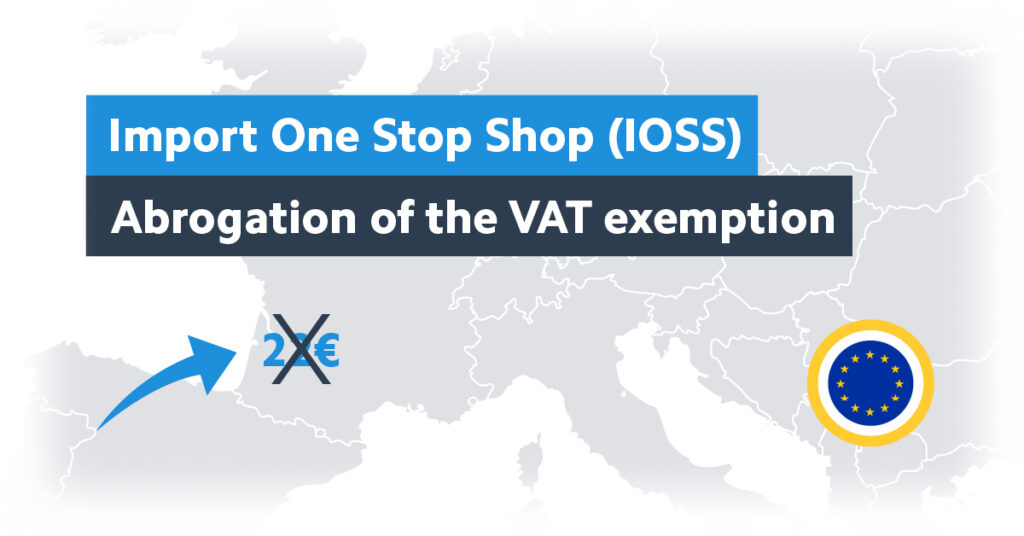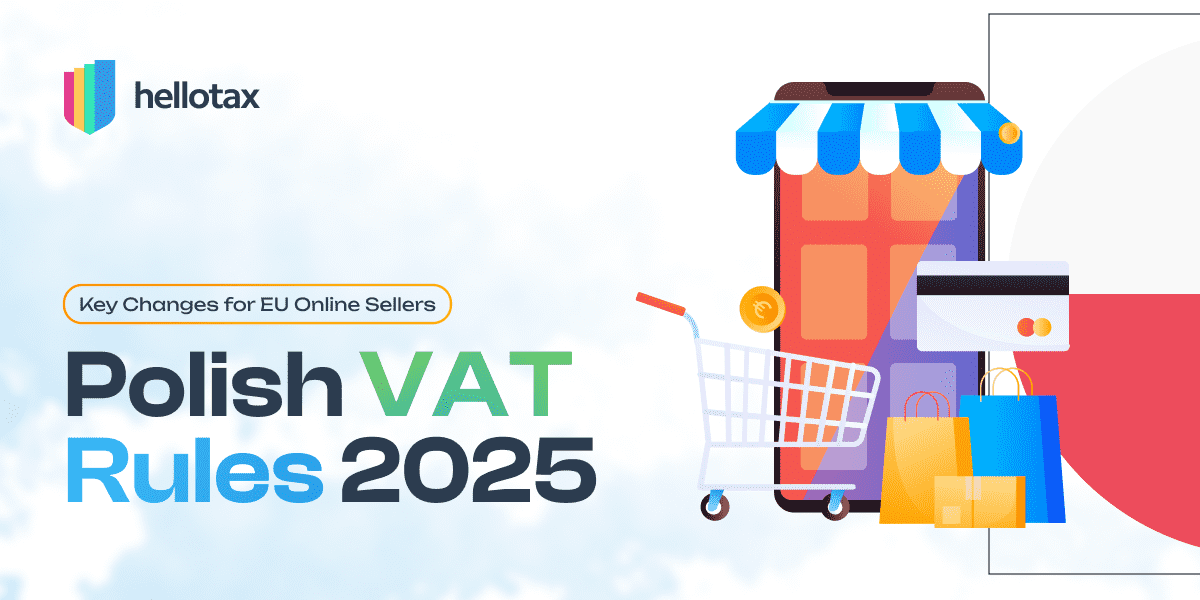While many recent changes, such as the One Stop Shop (OSS) and new VAT regulations following Brexit, mainly affected European sellers, the new Import One Stop Shop (IOSS) has the potential to significantly affect those who import or sell from outside of the European Union. In this article, we will explain to you everything you need to know about how to use IOSS and what its implications could be.
Patrick Moeller
Last Updated on 2 August 2021
What is the New Import One Stop Shop?
The IOSS is meant to simplify declaring and paying import VAT for ecommerce sellers that import and sell goods from outside of the EU. More specifically, it applies to goods valued at 150€ or below because these are exempt from customs, but not from import VAT. If you as an ecommerce seller in the EU import items from outside of the EU and engage in distance selling of these items to other EU countries, you can opt out of registering in each of these countries.
This concept is similar to the One Stop Shop which concerns VAT registrations and filings within the EU. Both of these new regulations take effect on July 1, 2021. And just like the OSS, the new IOSS is not mandatory so each ecommerce seller needs to decide whether they are going to benefit from using the new system or not.
No More VAT Exemption for Items Below 22€
This is another change accompanying the introduction of IOSS. Unlike the IOSS, this change is going to affect all ecommerce sellers who import products from non-EU countries. From July 1, 2021 on, items valued at or below 22€ will no longer be VAT exempt. This means that regardless of whether a seller decides to use the Import One Stop Shop or not, VAT has to be paid on these items.
Who Can Use IOSS?
There are several circumstances under which you can qualify for IOSS. The first requirement is that you are a domestic ecommerce seller based in the EU. If you do not fulfill this criterion, you can still qualify for IOSS if you are based outside of the EU, but the EU has a contract with your country about mutual administrative assistance. Right now, this only applies to Norway.
Another possibility to qualify for IOSS is if you are not based in the EU, but you have a local representative of your company who is registered with the local tax office.
Which Transactions Are Covered by IOSS?
As mentioned before, IOSS is only applicable for distance selling of items valued at or below the 150€ threshold. Furthermore, it only applies to B2C transactions to EU clients. Then, there are two possibilities how these transactions can be conducted.
Either, you as an ecommerce seller import the goods yourself or you provide an electronic interface through which goods are being imported. In the second case, you are being treated as if you were in charge of the import yourself.
For items valued above 150€, the import and customs process will remain the same.
What Happens If I Do Not Want to Use OSS?
You can decide whether or not IOSS offers benefits for your individual situation. If you choose not to use IOSS, import VAT will still have to be collected. In this case though, the customer will be charged by the delivery company, either when picking up their goods from the post office or upon delivery to their address.
What Do I Need to Do to Use IOSS?
If you want to use the new IOSS system, you need to register with your local IOSS authority which will usually be related to your country’s tax office. You will then receive a VAT number for all transactions that fall under the IOSS rules. As soon as you have received your IOSS VAT number, you can participate in the programm.
How Will IOSS Affect Ecommerce?
By removing the VAT exemption for imported items valued below 22€, the playing field becomes more leveled for EU and non-EU sellers. This could positively impact EU sellers and EU products, because imported products in the low-value categorie will no longer have a competitive advantage by being VAT exempt.
But this also means that it might no longer be attractive for EU customers to import certain items when the prices for these items increase due to import VAT.
What Are the Benefits of IOSS for Customers?
Customers are certainly going to benefit if their seller uses IOSS and collects, declares, and pays import VAT in place of the customer. Sellers who fail to inform their customers of the changes and potential upcoming fees might see customer satisfaction decrease. Especially in the transition period, customers might be surprised by having to pay import VAT on orders where they did not have to do that before.
In fact, even goods ordered before July 1, 2021 that arrive in the EU after that date will be subject to the new regulations.
In addition to that, customers usually have to pay a processing fee to the shipping company if a seller is not registered with IOSS. Sellers registered with IOSS will be able to offer more comfort and customer service by taking care of import VAT on behalf of the customer.
Conclusion
The Import One Stop Shop is going to change B2C ecommerce not just for EU-sellers, but also for non-EU sellers. It remains to be seen how significant its influence on the competitive landscape will be. If you are not sure yet whether you want to use IOSS or want to know more on how to integrate it in your VAT automation, we at hellotax are happy to assist you. Our accountants will take their time to familiarize themselves with your individual situation and help you make the decision of whether to use IOSS or not.

Book a free consultation
Our VAT experts are happy to help you. Book a free consultation today!



